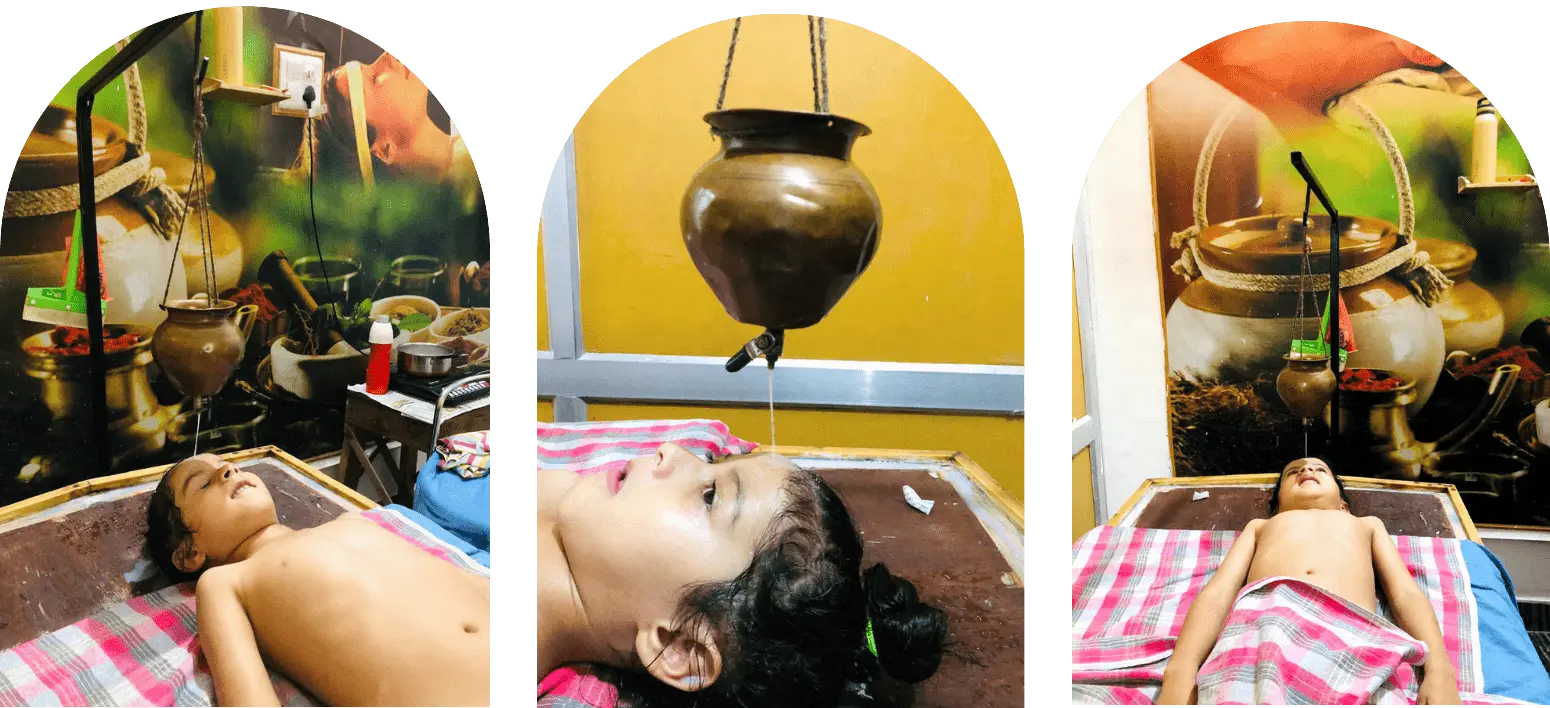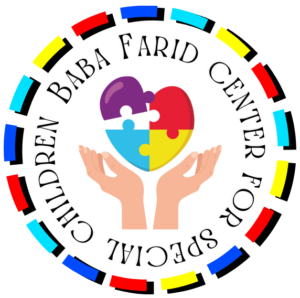BFC Panchakarma

Introduction
The biomedical perspective on using Panchakarma or other alternative therapies like Rolfing massage and Thai massage for autism is rooted in a holistic understanding of health, emphasizing the need to balance physical, mental, and emotional well-being. While mainstream biomedicine typically does not recognize these treatments as primary interventions for autism, the underlying principles can offer insights into how they might provide supportive benefits.
Detoxification and Reduction of Oxidative Stress
Theory: Panchakarma aims to detoxify the body by eliminating accumulated toxins (Ama), which are believed to cause imbalance and disease. In the context of autism, some theories suggest that a buildup of toxins and oxidative stress can exacerbate symptoms or contribute to the onset of the disorder.
Biomedical Perspective: While the evidence supporting the effectiveness of detoxification therapies for autism is limited and controversial, reducing oxidative stress through diet, supplements, and possibly certain detoxification practices may have a supportive role in improving overall health and functioning
Gut-Brain Axis
Theory: Treatments like Basti (enema) focus on cleansing and restoring the health of the digestive system, based on the Ayurvedic belief that gut health is closely linked to overall well-being.
Biomedical Perspective: Emerging research supports the connection between the gut and brain (gut-brain axis), noting that gut microbiota can impact neurological health and behavior. Improvements in gastrointestinal health could potentially influence symptoms of autism, given that gastrointestinal issues are common among individuals with ASD
Stress Reduction and Sensory Integration
Theory: Therapies such as massage (Rolfing, Thai massage) are intended to relieve physical and emotional stress, improve circulation, and promote a state of balance and relaxation.
Biomedical Perspective: Many individuals with autism experience heightened sensory sensitivity and may have difficulty processing sensory information. Massage and related therapies can potentially help in sensory integration, reducing stress, anxiety, and improving the overall quality of life. Stress reduction is particularly important, as it can lower cortisol levels and mitigate some behavioral issues
Neurological and Immunological Effects
Theory: Nasya (nasal administration) and other Panchakarma treatments are believed to have direct benefits on the head and neck regions, including potential effects on brain function.
Biomedical Perspective: While direct evidence of these treatments benefiting neurological or immunological aspects of autism is sparse, there is a growing interest in how alternative therapies might influence neural pathways, immune responses, and inflammatory states in the body.
Conclusion
In the biomedical context, the potential benefits of Panchakarma and associated therapies for autism primarily hinge on their ability to improve general health, reduce stress and oxidative stress, and possibly affect the gut-brain axis and sensory integration. It is crucial to approach these therapies with caution, seeking advice from healthcare professionals and considering them as complementary to evidence-based autism treatments. Rigorous scientific research is needed to better understand their effectiveness and mechanisms of action in the context of autism.
